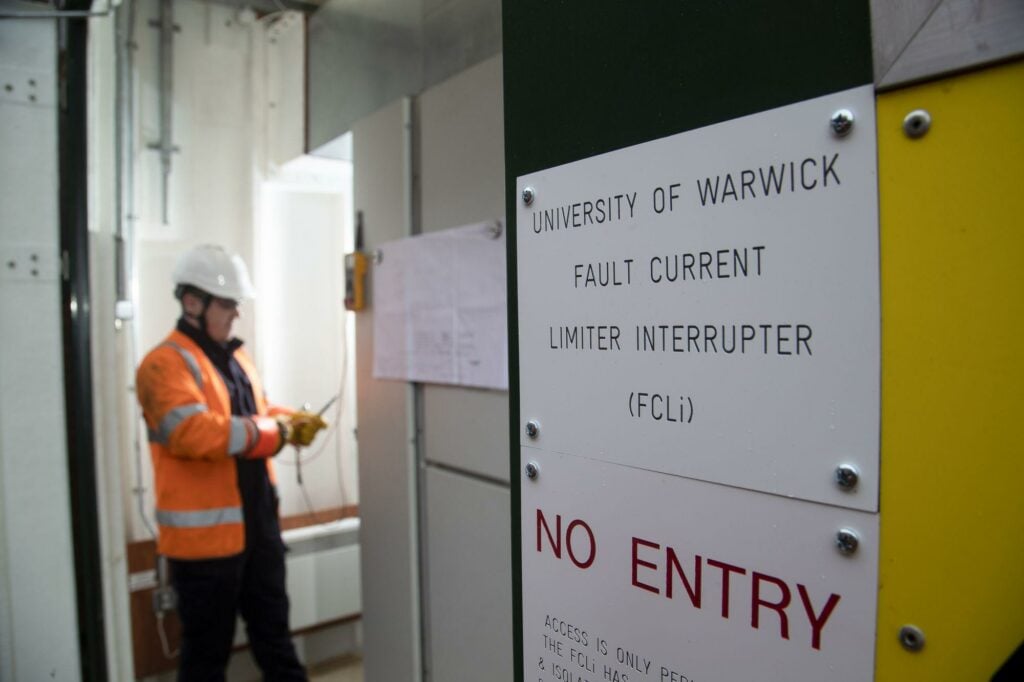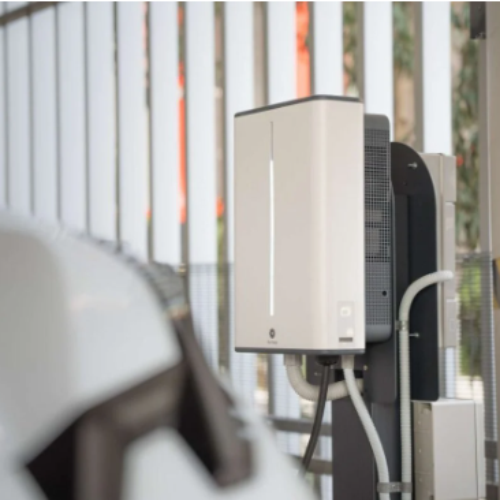A new device called EDGE-FCLi, which can reduce the risk of large electrical currents in the event of a fault, is being trialed by Western Power Distribution (WPD).
The device has been installed on the University of Warwick Campus as part of what WPD believes is a first of its kind trial in the UK, which is to last for a year.
In the event of a fault on the electricity network, the EDGE-FCLi can break the current in less than 200 micro seconds, which is 1,000 times quicker than conventional, mechanical methods.
The device then reduces the risk of large electrical currents by stopping the current flowing quickly, with large electrical currents having the potential to be dangerous, cause damage to equipment and result in power outages.
Power cuts can therefore be fixed more quickly, with costs saved through less repair costs. This then has the potential to lower customer bills.
The EDGE-FCLi solution could play a vital part in the future of the electricity network, WPD said, as more and more people put energy back into the grid through the use of low carbon technologies such as solar PV, wind and vehicle-to-grid (V2G).
“We are getting more and more distributed generation connected to the grid. If you keep increasing the amount of generation, the current that flows under fault conditions can exceed the rating of the grid, causing damage to equipment and ultimately affecting power supplies,” Dan Hardman, innovation and networks engineer who is looking after the project for WPD, said.
While this is not the first fault limiter, it is one of the first power electronic fault limiters in the UK, Hardman said.
The trial – which is looking at how successful the device is – has been funded through the National Innovation Allowance and developed in partnership with GridON.
The University of Warwick was chosen for the trial due to the amount of current it generates through its Combined Heat and Power generator.
Innovation in responding to and predicting faults on the electricity network has been the focus of several industry trials in recent years.
In 2021, UK Power Networks and ScottishPower Energy Networks trialled a real-time fault level measurement device, finding it can provide results that are accurate to 1%.
Meanwhile, in 2020, Scottish and Southern Electricity Networks teamed up with E.ON and Costain to develop a Resilience as a Service project that would look at how smart systems could be used to respond to faults in rural networks.
The project moved to phase two earlier this year, which includes a technical demonstration of the concept at Drynoch primary substation on the Isle of Skye.






